Flora of Terrafract's Regions
Northern Region
Frostbloom Shrub
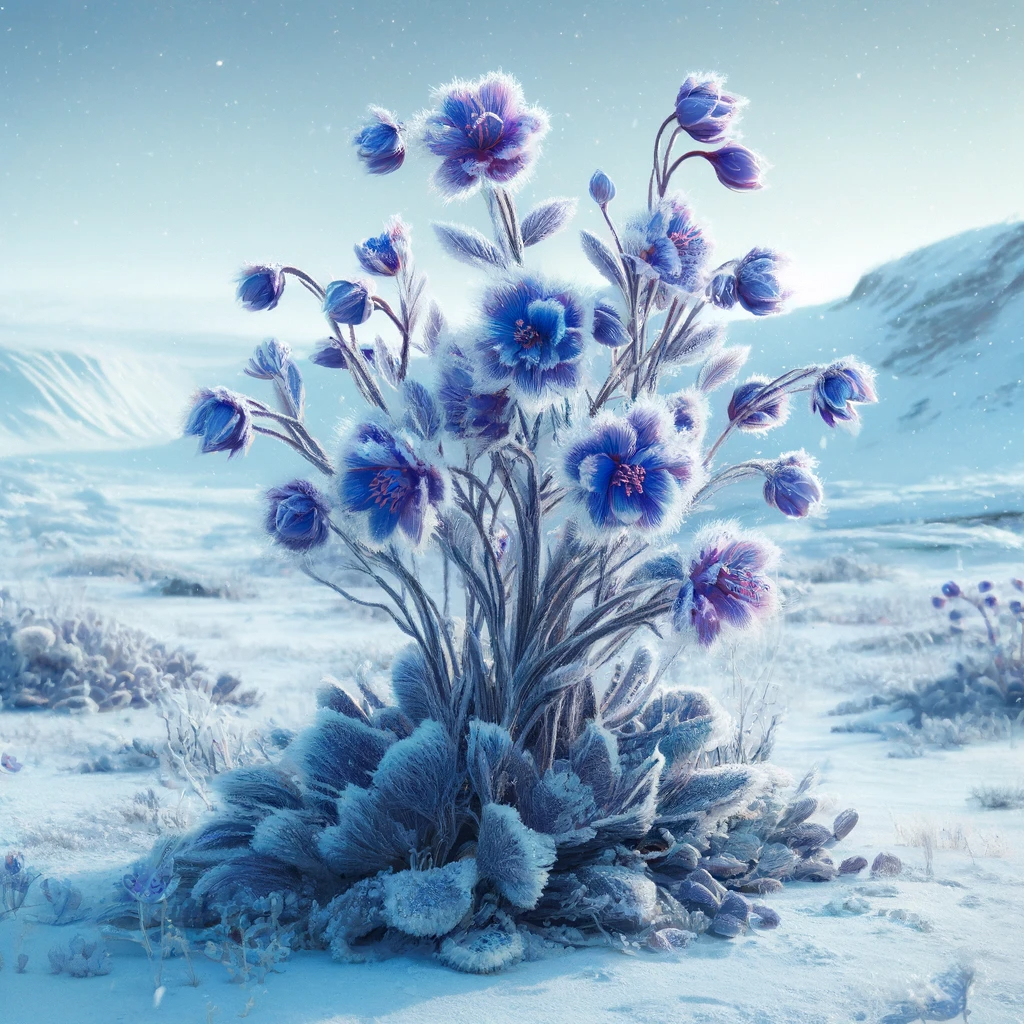
Frostbloom Shrub: Thrives in snowy landscapes, blooming bright blue or purple flowers that withstand freezing temperatures.
Glacial Needlegrass
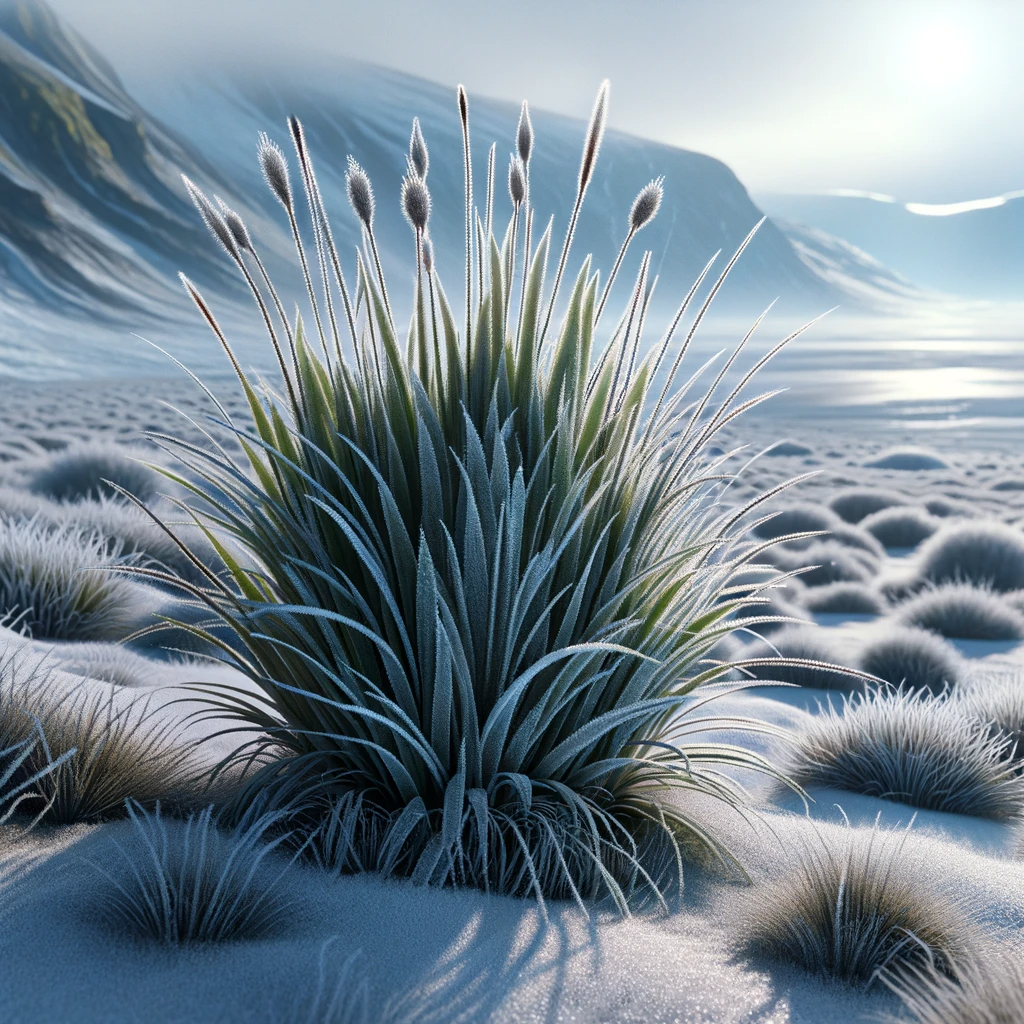
Glacial Needlegrass: This resilient grass grows in tufts, adapting to the frigid climate with needle-like blades.
Aurora Vines
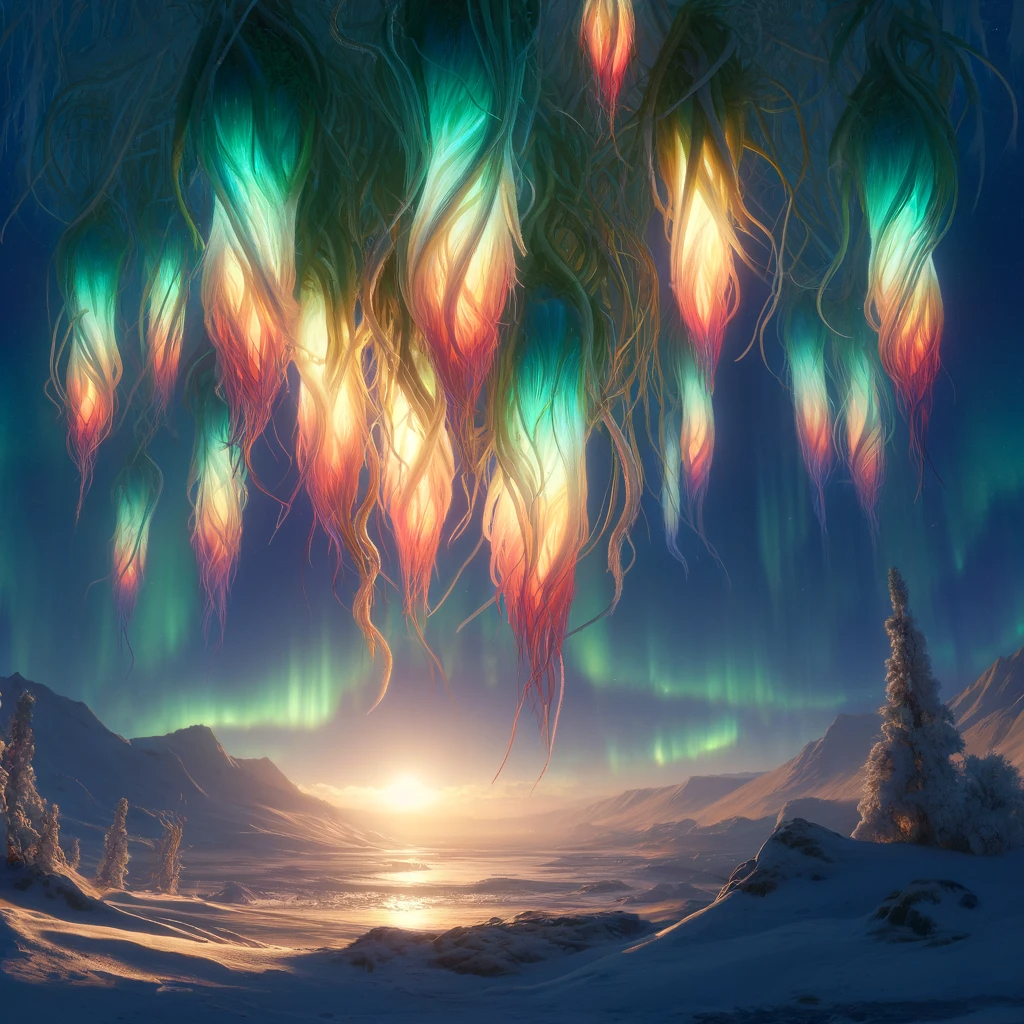
filler text
Frostrim Brush
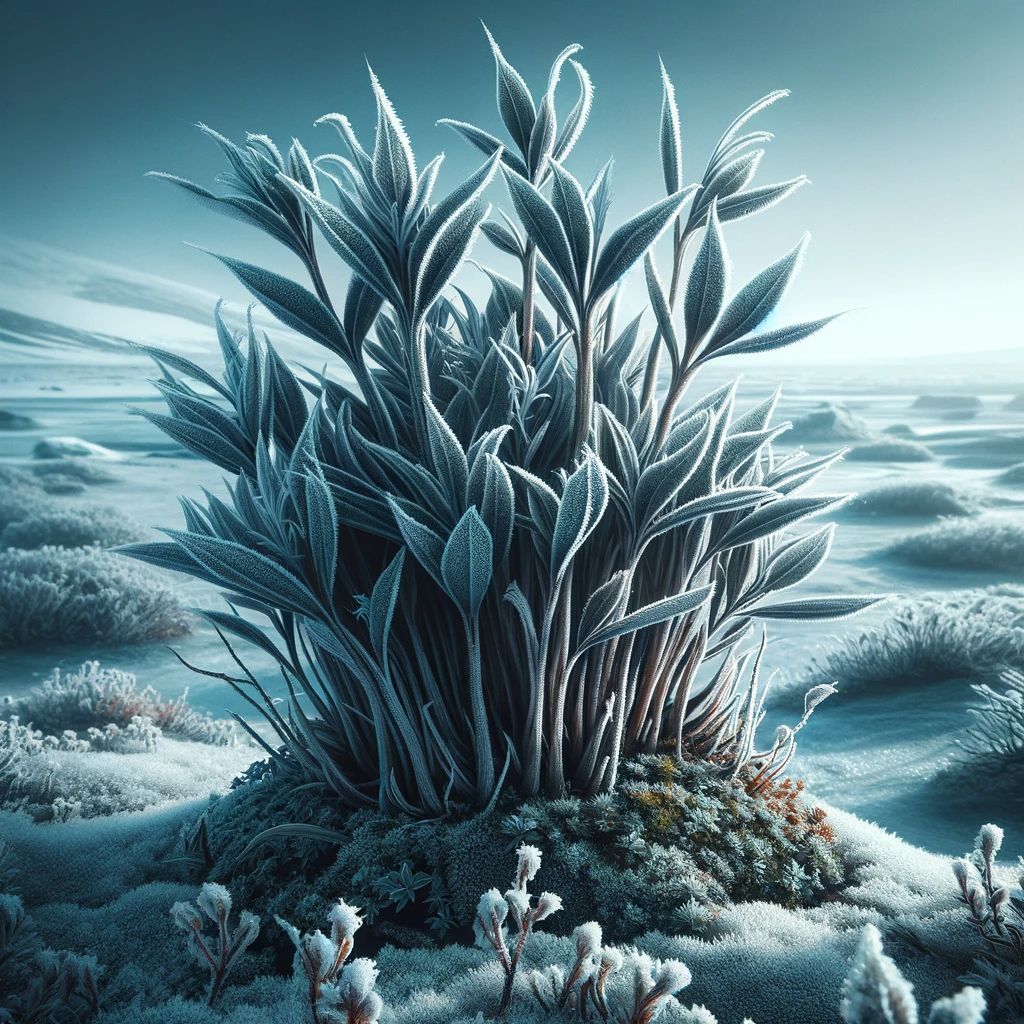
filler text
Northern Grass

filler text
Frostveil Oak

filler text
Icecap Moss

filler text
Icicle Berries

filler text
Perennial Icebloom
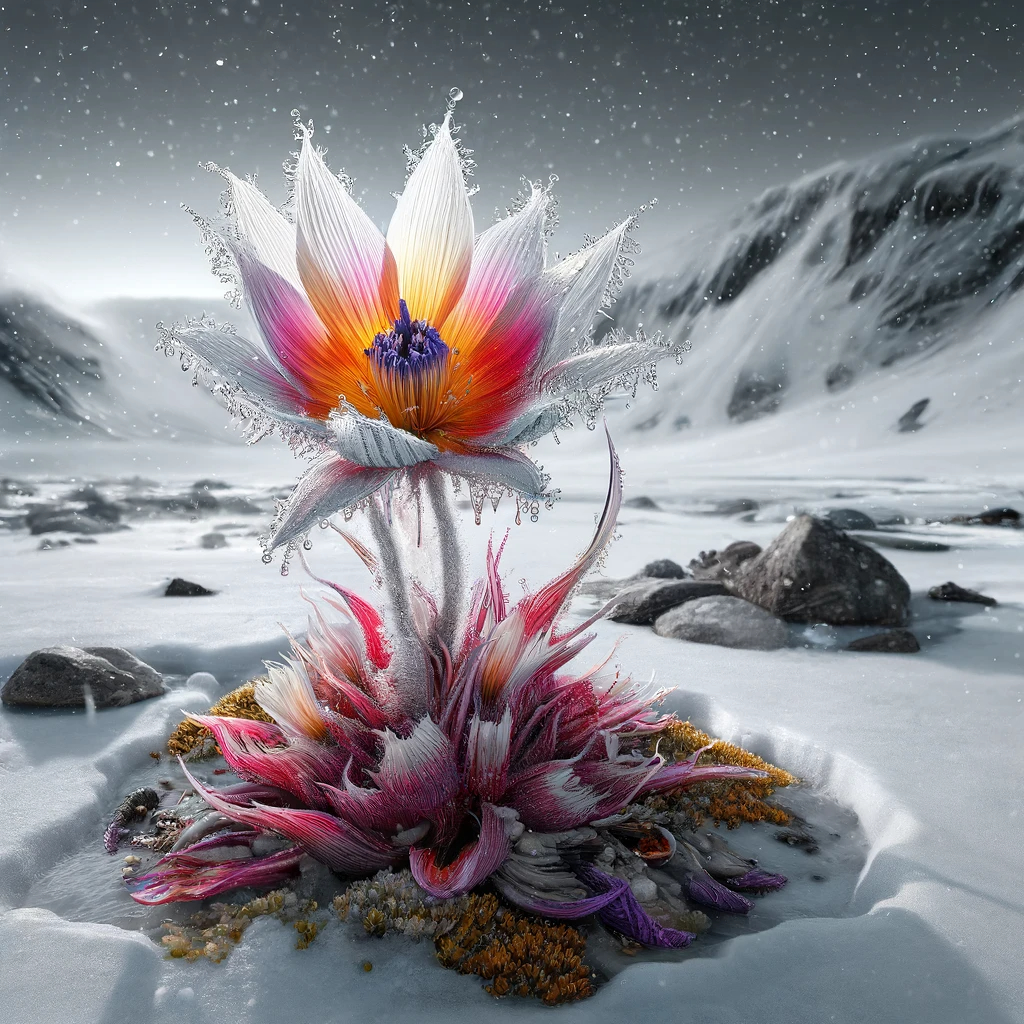
filler text
Tundra Tuftgrass
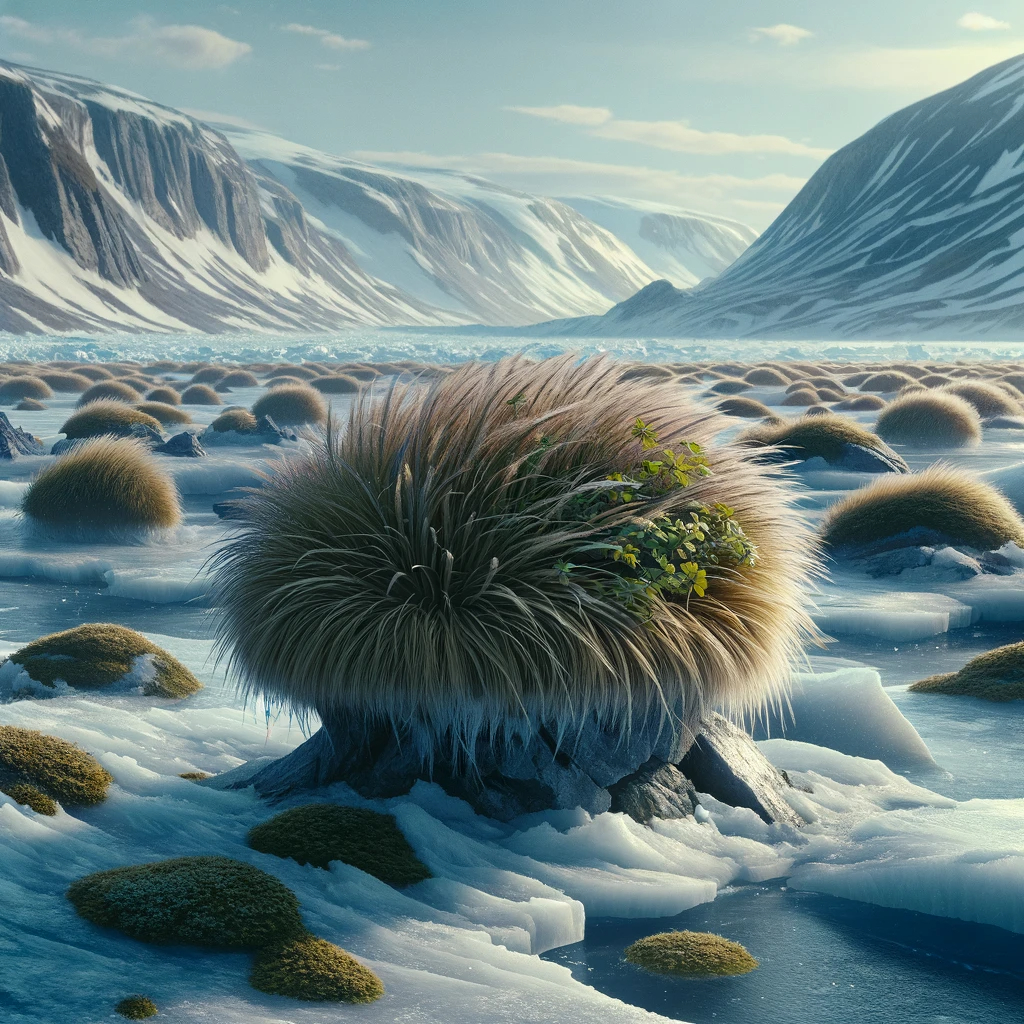
filler text
Icecap Mushroom

filler text
Blizzards Blight

filler text
Winters Bane

filler text
Blue Lotus

filler text
Karprass

filler text
Rocweed

filler text
Briar Berries

filler text
Sapphire Rose

filler text
Southern Region
Starlight Blossom
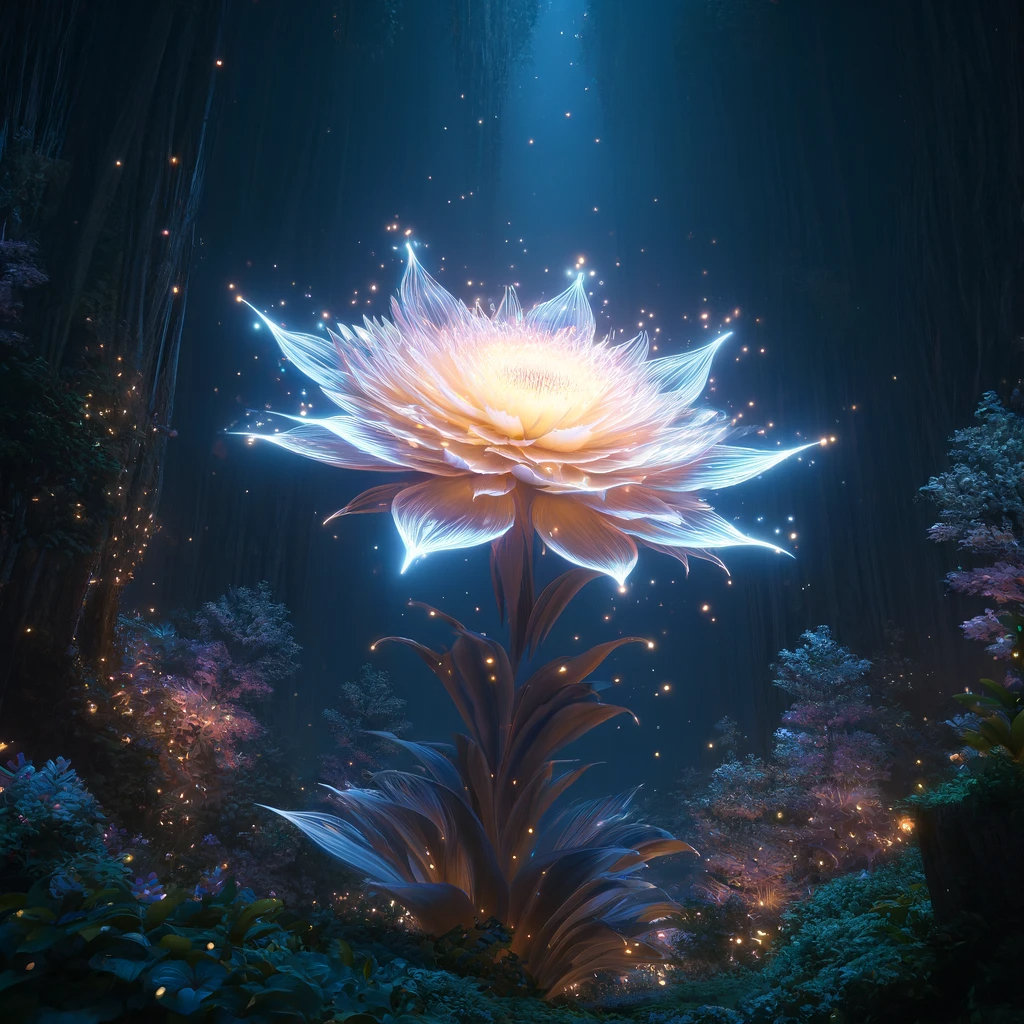
Starlight Blossom: Illuminates the night with its luminescent petals, thriving in the humid climate.
Emerald Canopy Tree
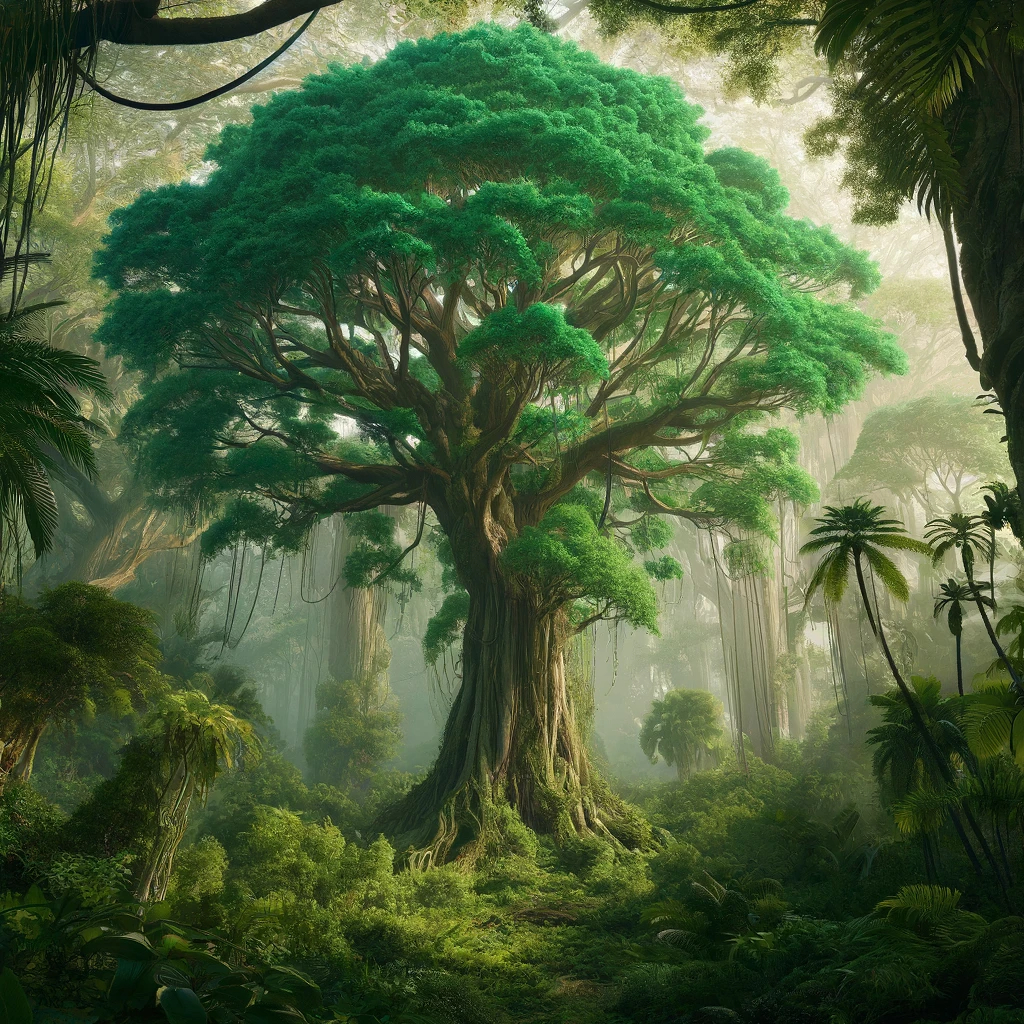
Emerald Canopy Tree: Dominates the forest skyline, providing habitat and food for countless creatures.
Tidal Bloom
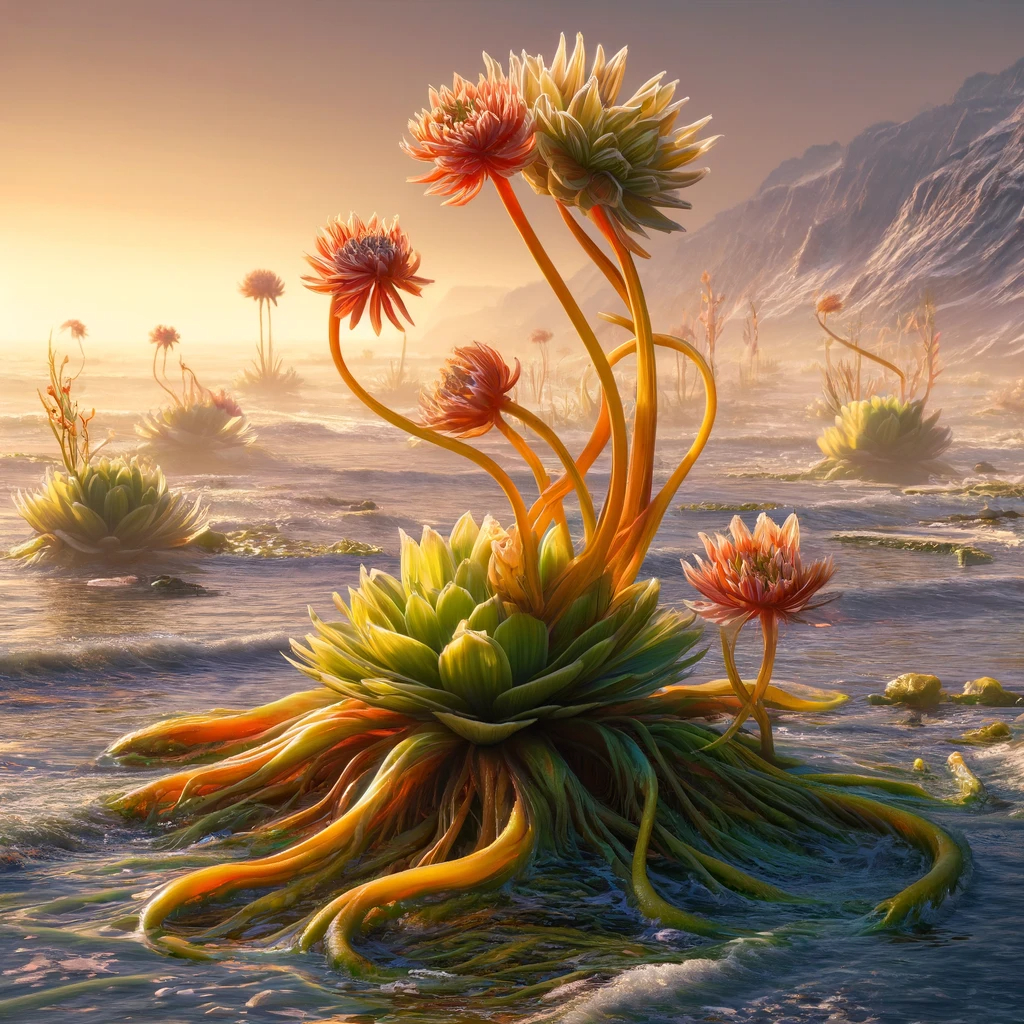
filler text
Verdant Spiralfern

filler text
Sunburst Vine

filler text
Sunburst Moss

filler text
Mistcap Mushroom

filler text
Whhisper Grass
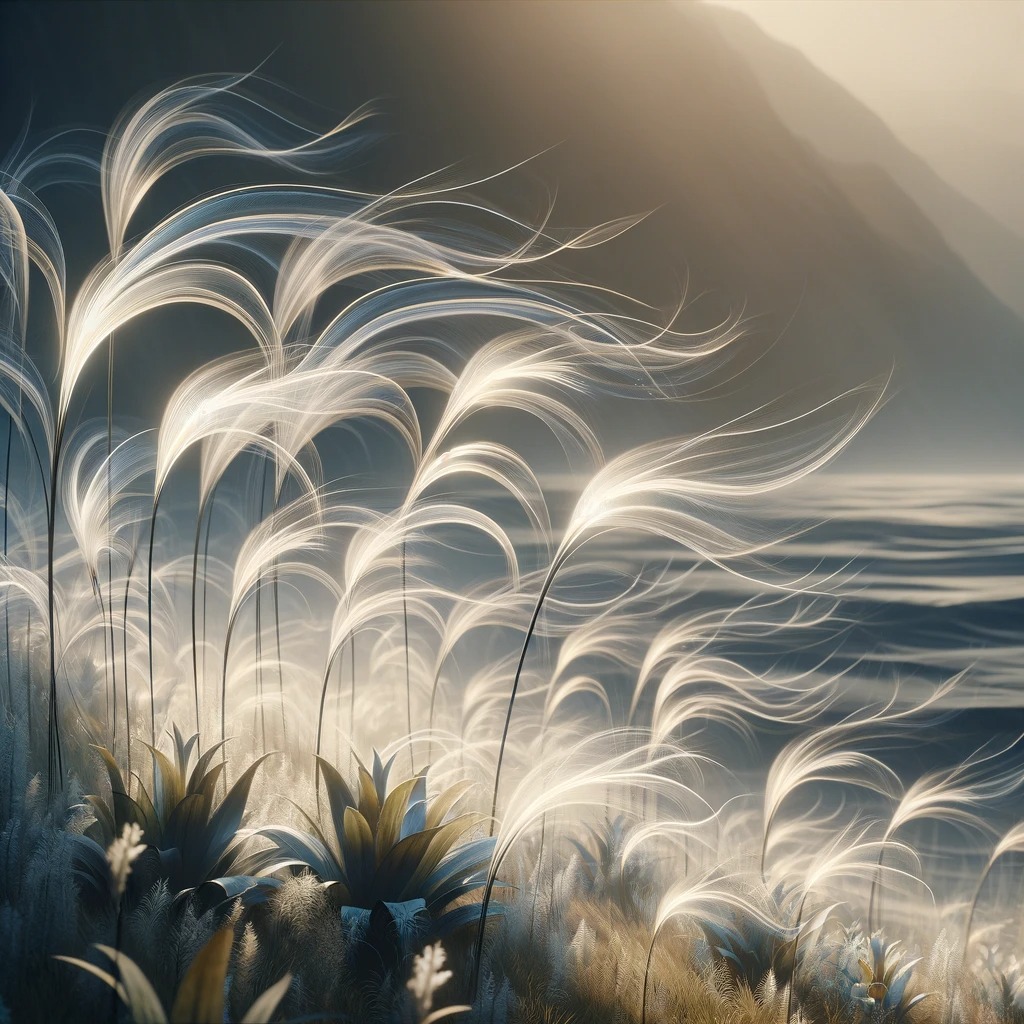
filler text
Glowpetal Shrub
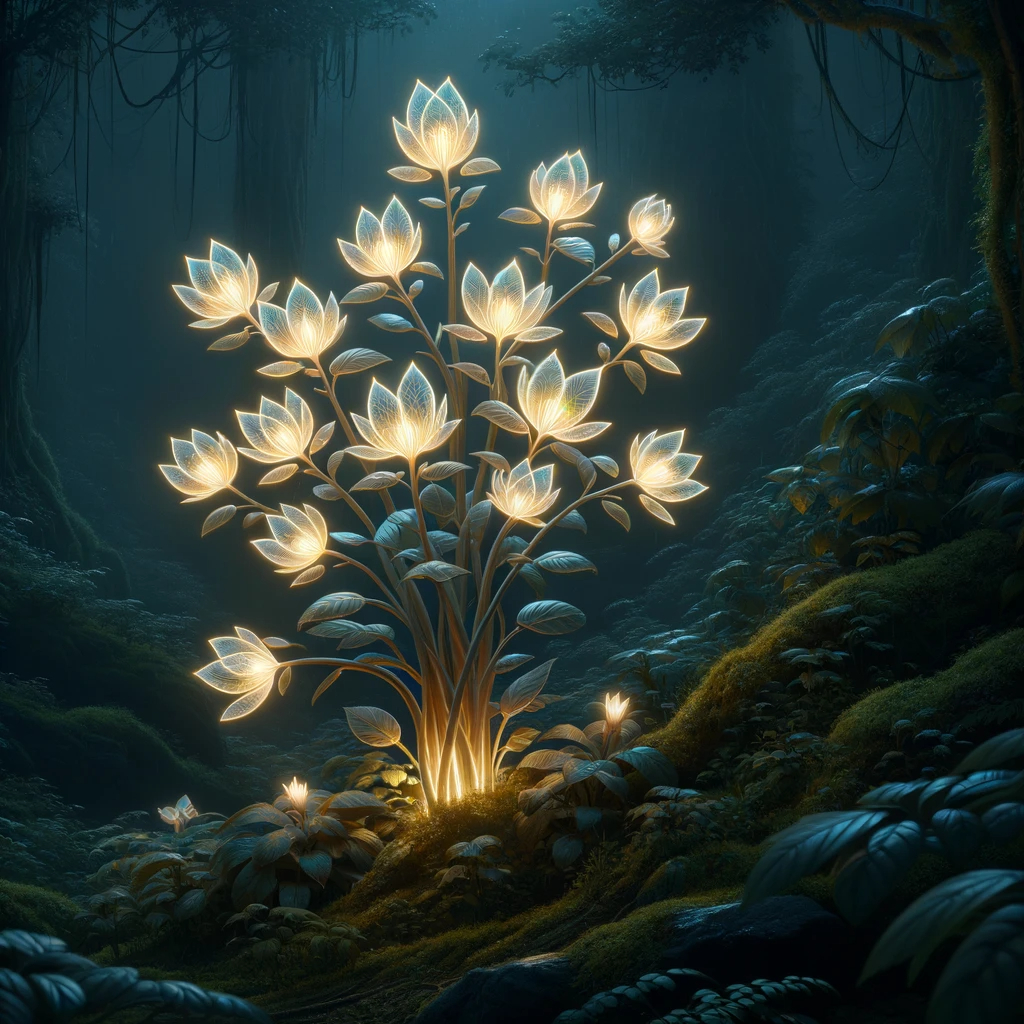
filler text
Harbor Thistle
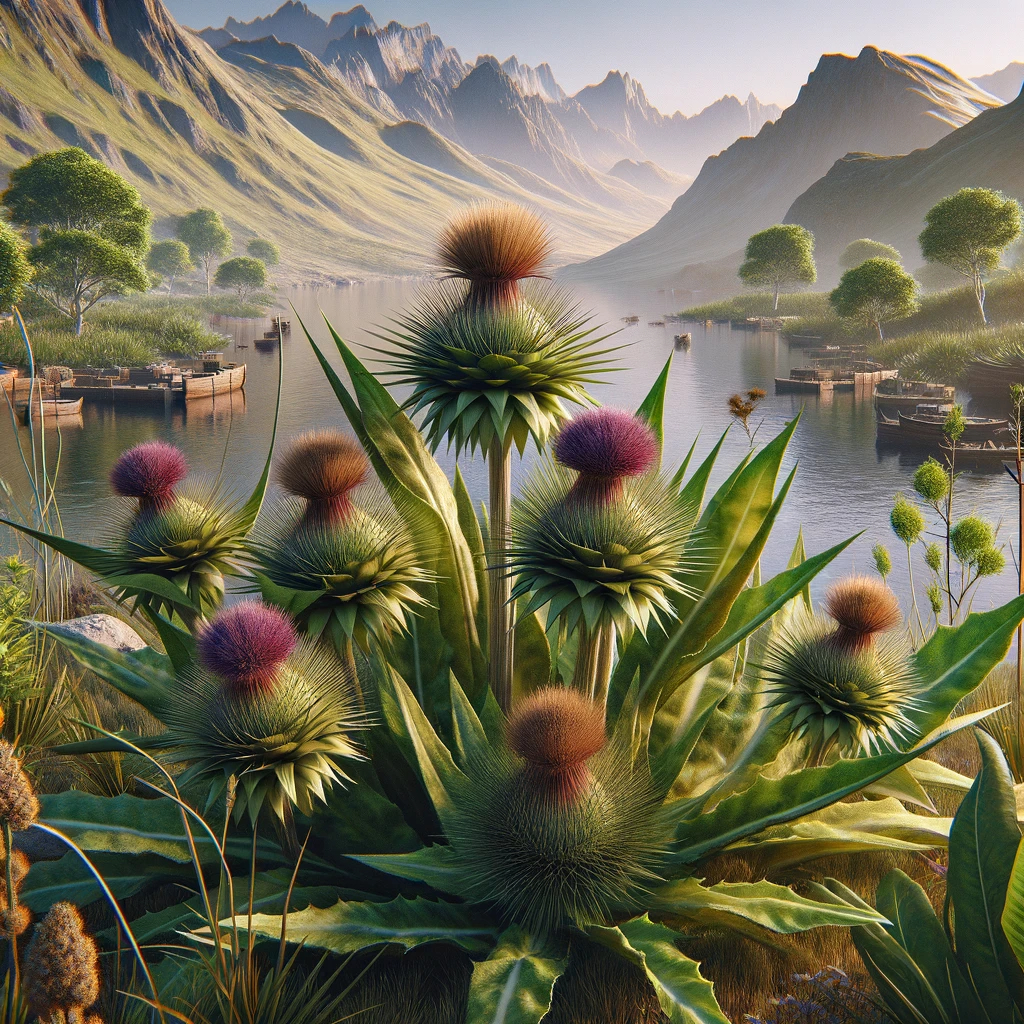
filler text
Grove Guardian

filler text
Eastern Region
Ironbark Confier

Endemic to the higher altitudes of the Eastern region, this conifer has a metallic-looking bark that is highly resistant to fire, a common occurrence in its mountainous habitat. The tree's cones only release seeds in the intense heat of a wildfire, ensuring the species' regeneration and survival.
Harbor Bloom

Unique to the coastal areas of the Eastern region, these flowers open only during high tide when they're submerged, releasing their pollen into the water where it's carried to other blooms by the currents, showcasing a rare form of aquatic plant pollination.
Zephyr Reeds

Found along the banks of the Eastern region's rivers and lakes, these tall reeds whistle and hum when the wind passes through, creating a natural symphony. Their seeds are dispersed by the region's strong currents, ensuring their proliferation along waterways.
Ebonwood Tree

Native only to the Eastern region, the Ebonwood Tree is known for its striking dark wood, which is as durable as it is beautiful. The tree's leaves have a unique silver underside that reflects moonlight, creating an ethereal night-time forest landscape.
Crested Cliff Orchid

This exquisite orchid is unique to the steep cliffs of the Eastern region, its roots clinging tenaciously to the rocky surfaces. The flowers bloom in vibrant shades of blue and purple, offering a stark contrast to the grey stone, and are pollinated by the region's specialized cliff-dwelling insects.
Starfleck Clover

A ground cover plant with leaves speckled like a starry sky, the Starfleck Clover is believed to bring luck. Its blooms are a vital nectar source for nocturnal insects, playing a crucial role in the region's nocturnal pollination processes.
Rimebark Cypress

Unique to the colder areas of the Eastern region, this tree's bark appears frosted even in summer, offering a stunning visual contrast to the surrounding greenery. Its needles are coated in a substance that protects them from freezing at high altitudes.
Dawnburst Lilly

This radiant flower blooms at the first light of dawn, its petals unfurling to reveal bright, sun-like colors that attract early morning pollinators. It's a symbol of new beginnings and is often associated with the region's folklore.
Sapphire Vine

The Sapphire Vine is a captivating plant renowned for its stunning sapphire-blue berries that shimmer like jewels against its verdant foliage. This climbing vine is not only a feast for the eyes but also plays a vital role in its ecosystem, providing nourishment for various local wildlife species.
Western Region
Siltblooms

This flower stabilizes the soft silt in marshlands, providing a stronger foundation for other plantlife to flourish in the area. These flowers are great tools for stablizing the ground in gardens, but serve no other cullinary or medicinal value. In fact, these flowers are said to taste like clay.
Dunebrush

Often found near the border between the Western region and the Wastes. This plant can adapt to varying moisture levels, while mostly inhabiting more arid biomes.
Bog Leaf

A small leafy plant found near bodies of water in the western regions swamps. This plant shows a mix of dull browns and greens, with a few leafs which droop down to the ground. When ground up, this plant functions as a medicinal herb.
Muckshoo

Muckshoo is found in the muddy parts of the western swamps. This plant looks like a bundle of leaves which surround a green flower. The flower resembles marigold, but has a green coloring.
Swamp Grass

The most common plant found in western swamps. The roots of this plant interconnect with eachother, creating massive connections which span across the entire biome. This plant is also functions as a food source and shelter for some creatures of the region.
Creeping Skyvine

Adapting from the vines which are commonly found hanging from most swamp trees. As the vines continued to grow they eventually reached the soft swamp ground, where they burrowed underground and formed a makeshift root systems. The makeshift root system changed the direction which the plants grow, causing them to begin growing vertically into the sky. Once the vine gets too tall to support itself, it falls over, causing it to spread to other parts of the swamp
Mud Flower

Its petals, a blend of dull orange, grey, and brown, mirror the earthy tones of its muddy habitat, allowing it to blend seamlessly into the landscape. Commonly found in marshes, riverbanks, and other wet areas, the Mud Flower has adapted to flourish in environments where few other plants can. Its roots are well-equipped to navigate and anchor within the soft, nutrient-rich mud, drawing sustenance from the waterlogged soil.
Cliffroot

A plant which is found on the steep clifaces of the western mountains. This plant displays a vibrant purple flower, with a set of large and visible roots, which penetrate into the sides of cliffs. These plants are only found in very perrilous spots, making them a rare resource.
Eastern & Western Region - Similarities
The Eastern and Western regions of Terrafract share many similarities, which casuses the two regions to share many similar plants.
Cliffhanger Ivy

This tenacious ivy is aptly named for its ability to cling to sheer surfaces, where it dangles and sprawls over the edges.The leaves of the Cliffhanger Ivy are small and tough, with a glossy surface that helps repel moisture and resist the saline mist from the sea below. During its blooming season, the Cliffhanger Ivy produces clusters of small, resilient flowers that add a dash of color to its greenery.
Saltbreeze Succulent

This hardy succulent has adapted to thrive in the saline-rich environments, where sea spray and sandy soils dominate the landscape. Characterized by its thick, fleshy leaves that store water, the Saltbreeze Succulent has a robust constitution that allows it to withstand the drying effects of salt and the intense sunlight reflected off the ocean. Its leaves are often a silver-green hue, coated with a fine layer of salt crystals that glisten under the sun.
Twilight Orchid

The blooms of the Twilight Orchid are most notable for their deep, vibrant hues that range from the richest purples to the softest lilacs, mirroring the colors of the sky at twilight. Its petals possess a subtle luminescence that becomes gently pronounced as daylight fades, allowing the flowers to stand out in the dimming light and attract the attention of nocturnal pollinators.
Serpents Frond

Named for its long, sinuous leaves that curve and twist like a serpent, this plant is known for its flexibility and resilience. The fronds are a deep, lush green, with a slick surface that allows them to shed water and debris easily.During its blooming season, the Serpent's Frond produces clusters of small, bell-shaped flowers that hang gracefully from the fronds.
Coastal Brush

The commonly seen plant is a hardy shrub native to the tumultuous coastlines of the East and West regions of Terrafract. Adapting to the saline sprays and sandy soils, this plant forms dense thickets that act as a natural barrier against coastal erosion. Its leaves are small and coated with a salty, waxy layer to conserve water, while its deep-rooting system helps stabilize the dunes and cliffs against the relentless sea winds.
Crag Bloom

The Crag Bloom's roots are incredibly strong, penetrating even the smallest crevices in the rock to anchor the plant against the buffeting winds. The flowers of the Crag Bloom that are its true glory. They burst forth in a vivid display of colors, often in shades of fiery red or bright yellow, acting like beacons against the grey stone.
Gale Weed
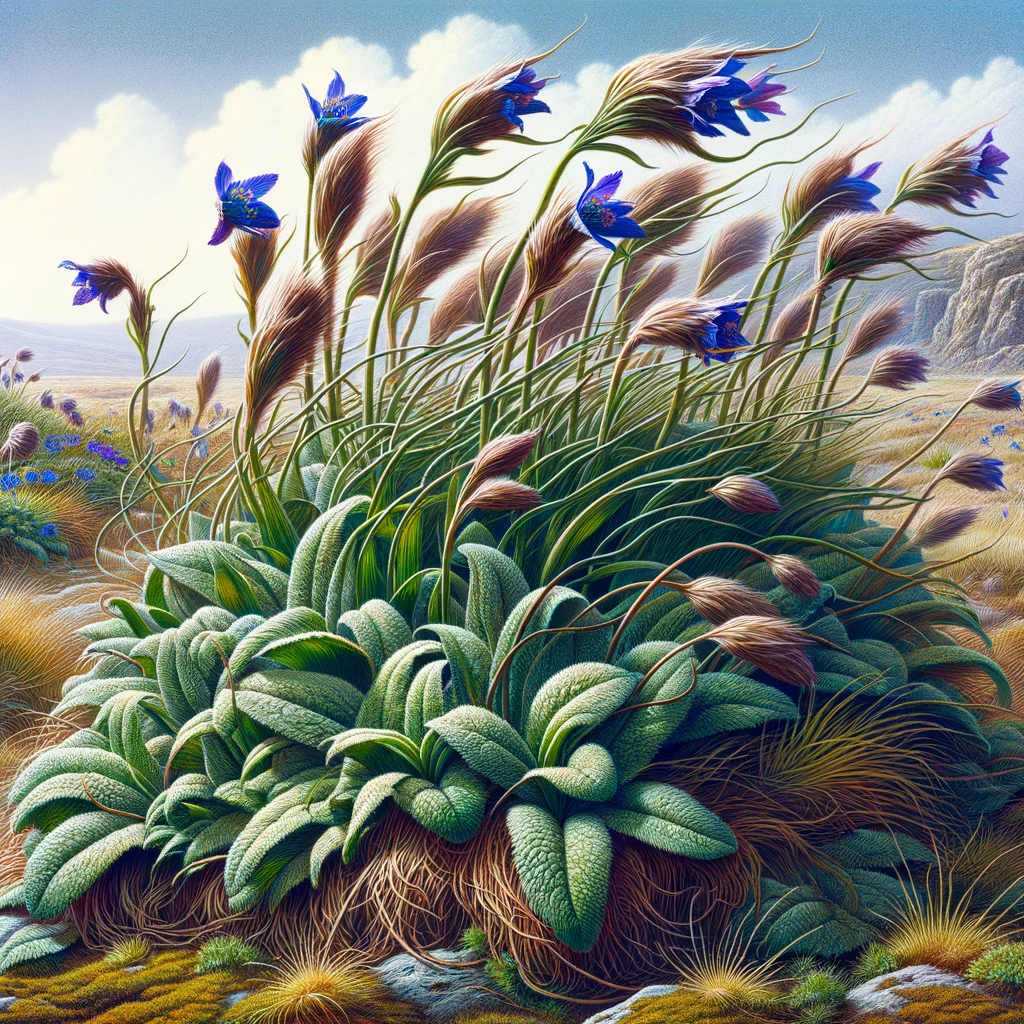
It is a low-lying plant, characterized by its long, narrow leaves that are remarkably flexible, allowing them to bend and not break in strong winds – a feature from which it derives its name. The surface of the leaves is covered in fine hairs that help trap moisture and protect the plant from desiccating winds.
Stone Succulent

This plant is characterized by its thick, fleshy leaves which form a rosette pattern, mimicking the stones among which it grows. The leaves are a deep green with a slightly bluish tinge, and their surfaces are waxy, a natural adaptation that minimizes water loss in the often arid highland climate.
The Wastes
Radiant Cactus
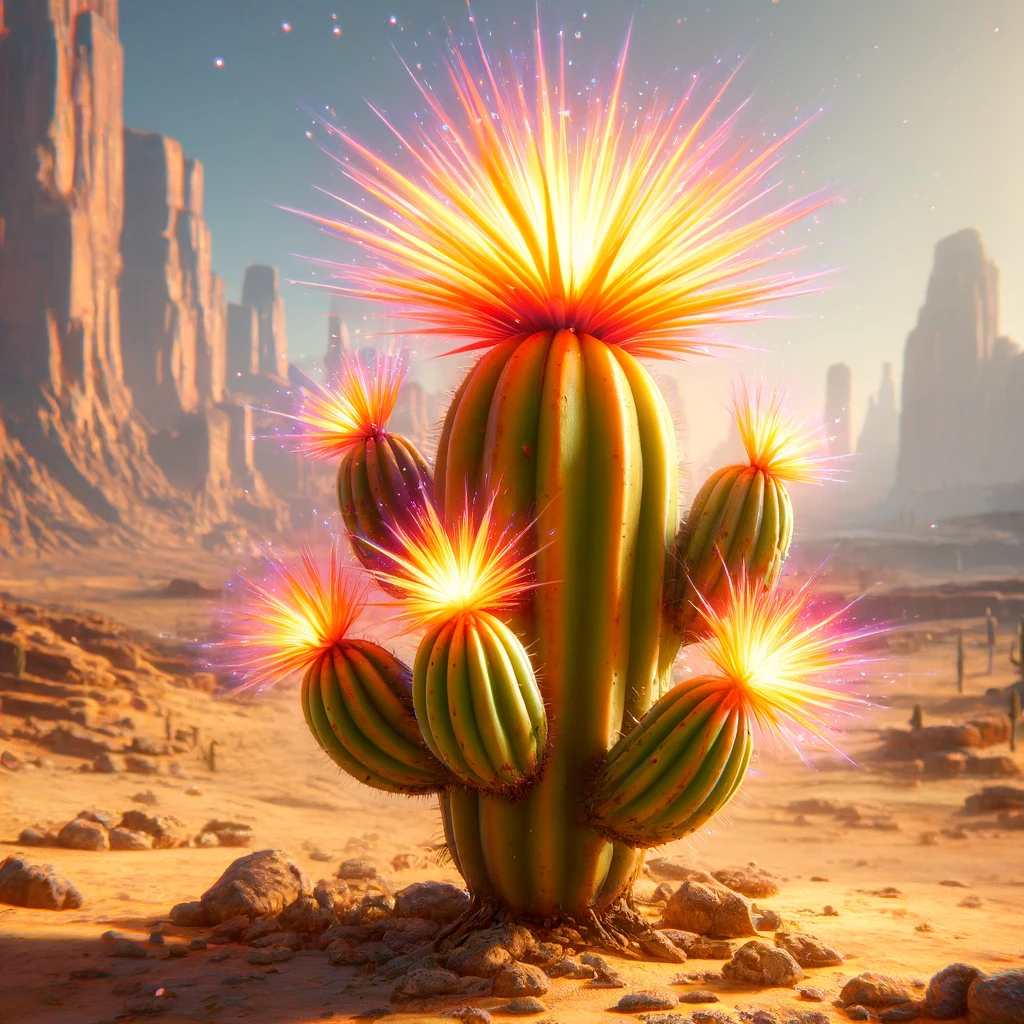
Store water and reflect intense sunlight, providing moisture-rich fruits to desert dwellers.
Dustvine

Sprawls across the sandy ground with a deep root system to tap into underground moisture.
Barren Thornweed

filler text
Ashen Fern
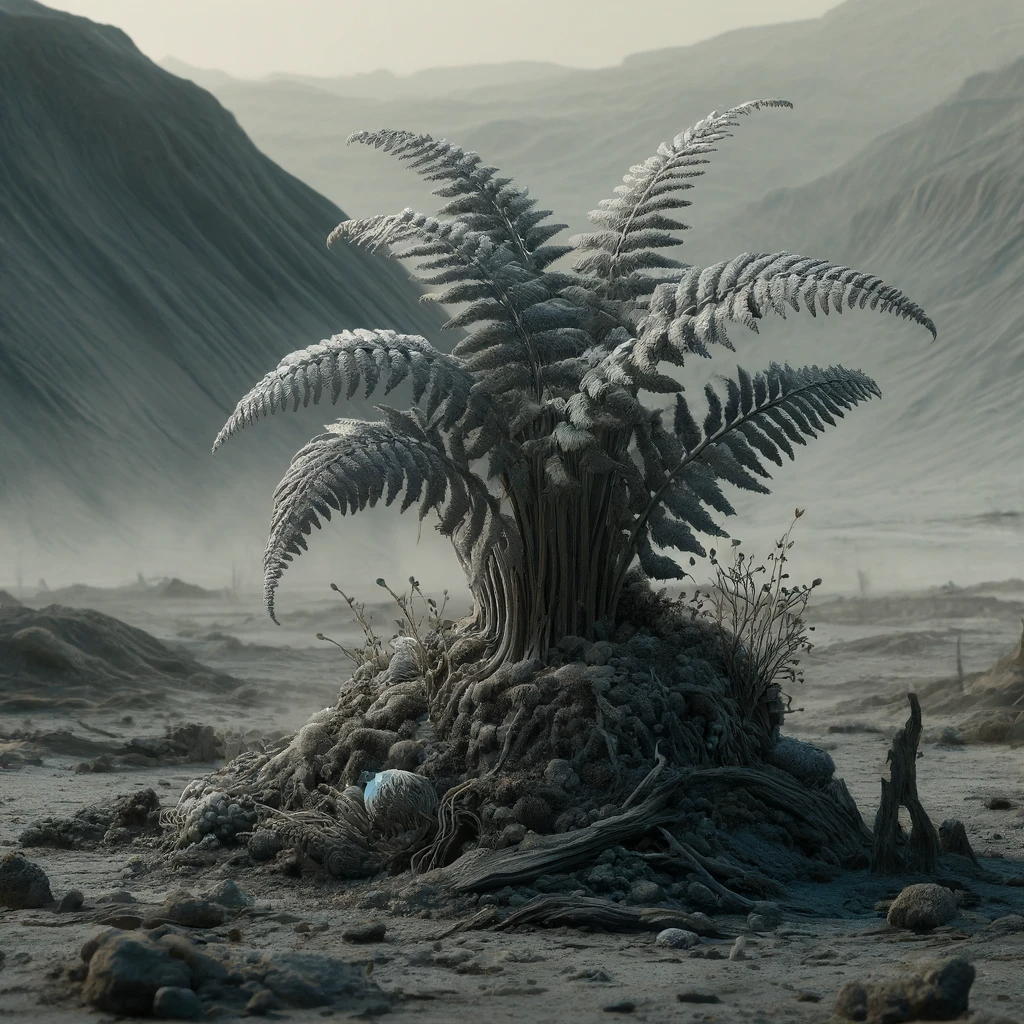
filler text
Scorched Trefoil
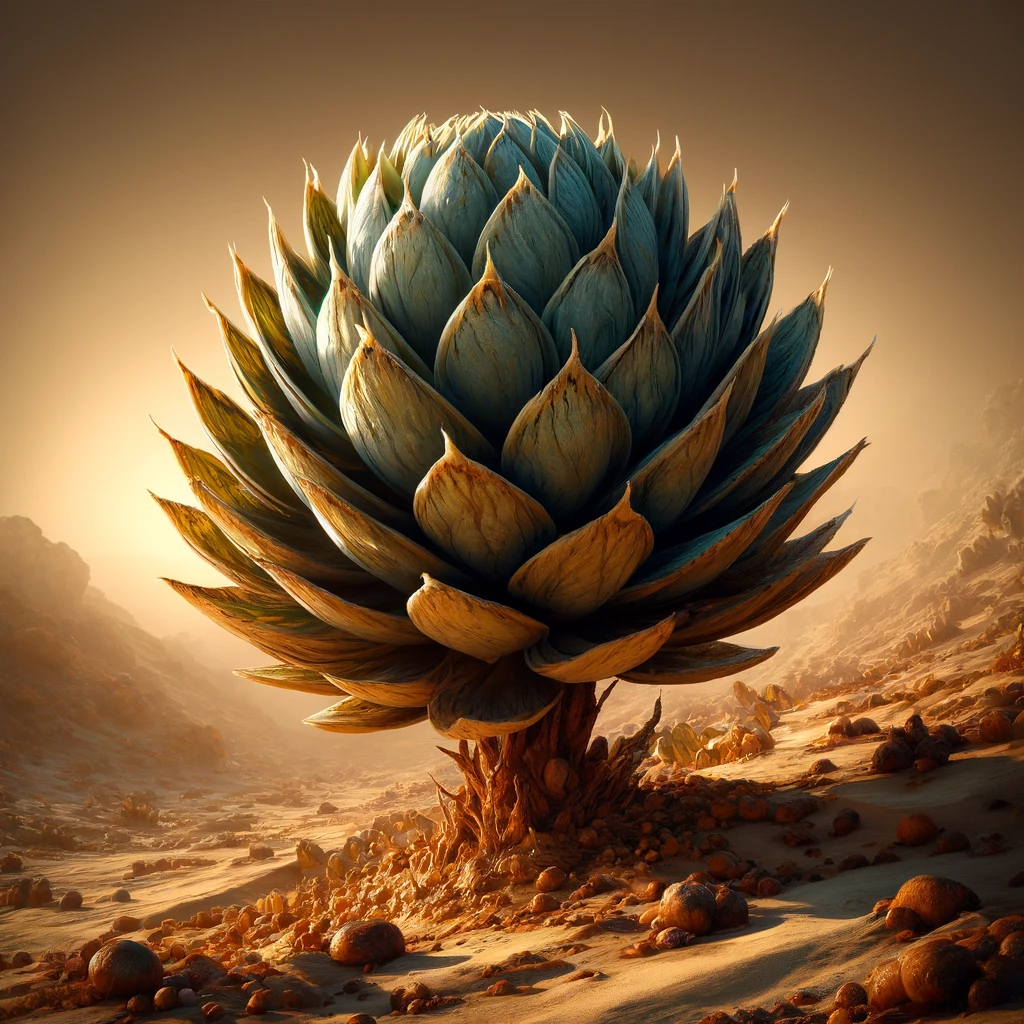
filler text
Sulfur Blossom
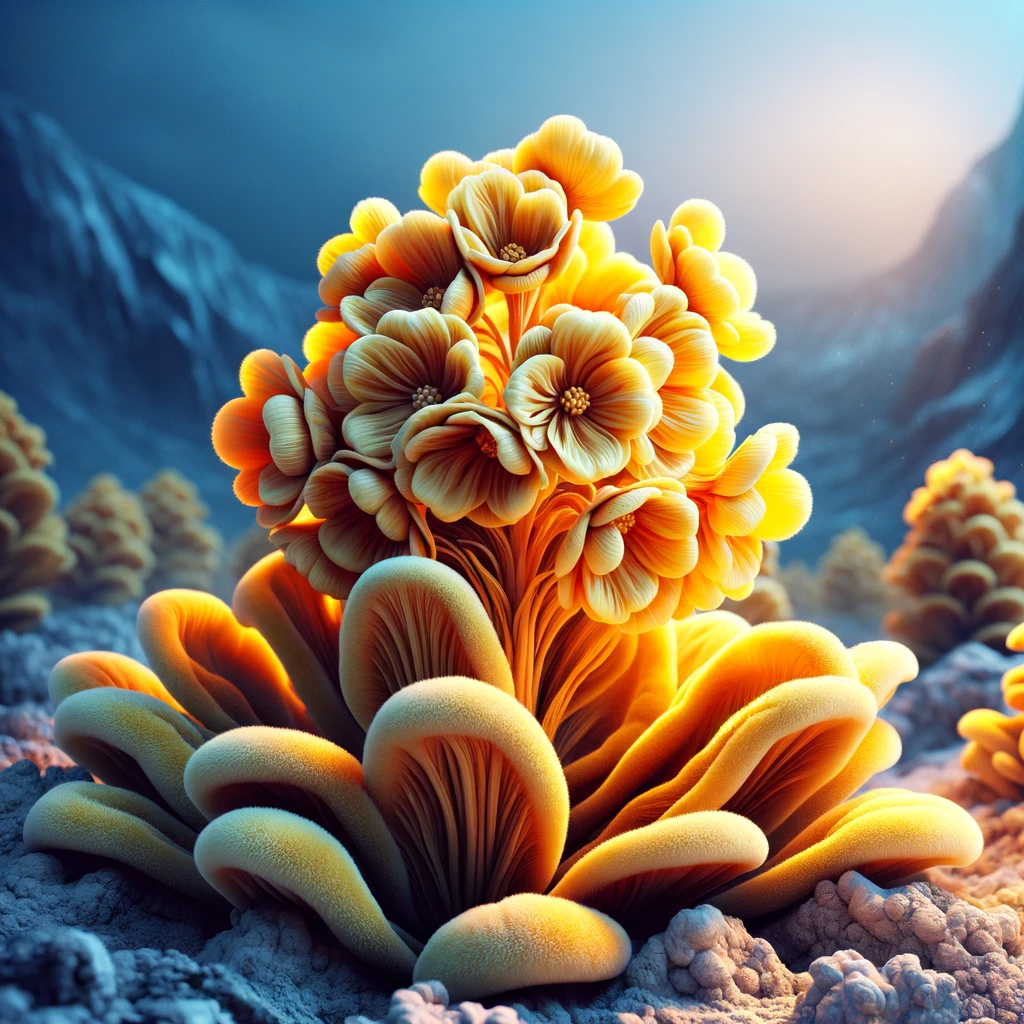
filler text
Blaze Bloom
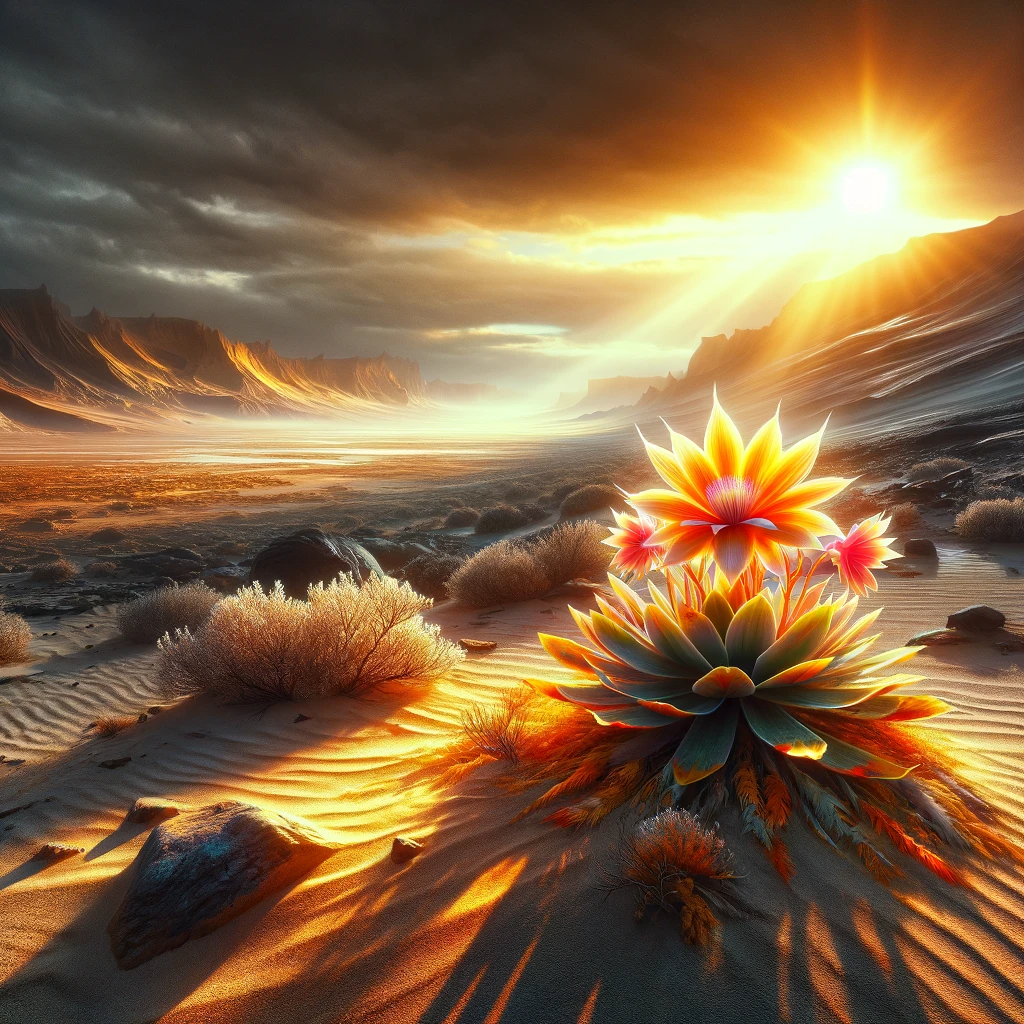
filler text
Sandsilk Tree

filler text
Vapor Vine

filler text
Dune Grass
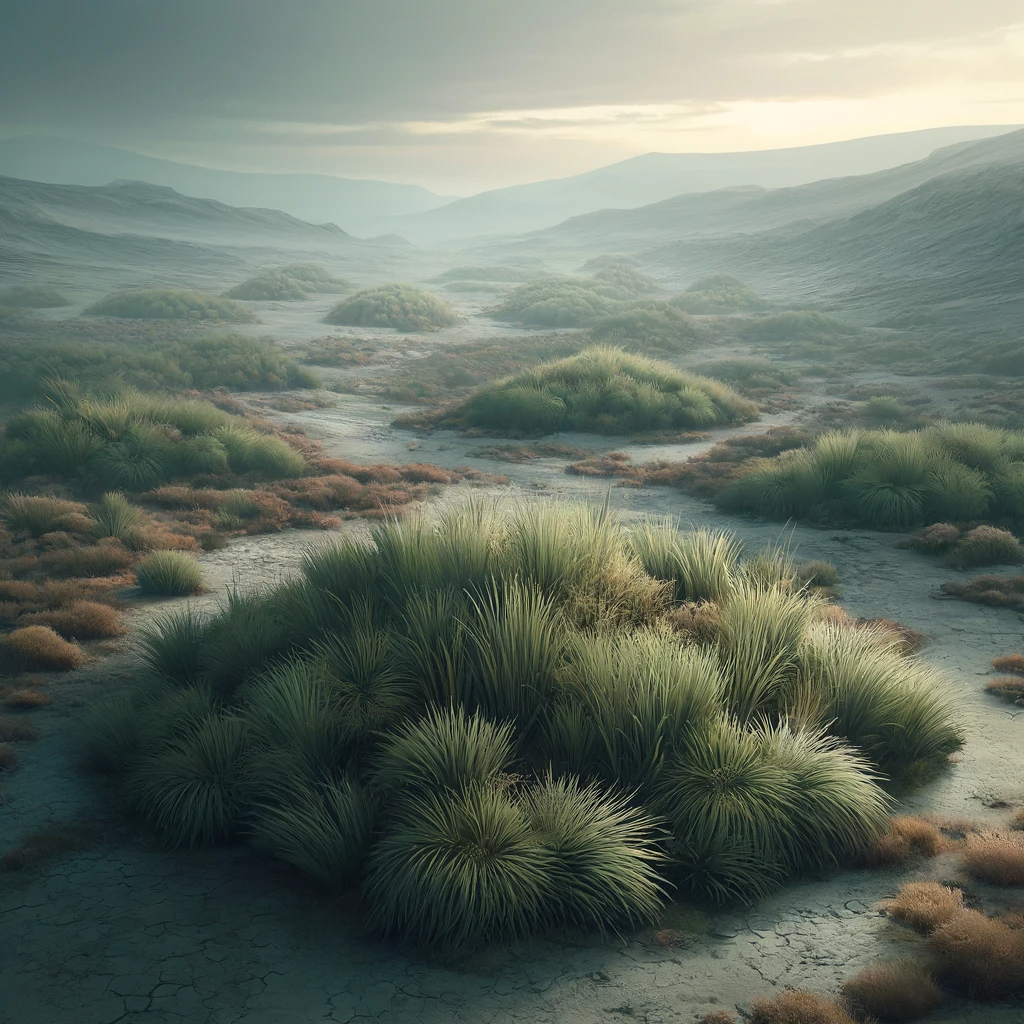
This hardy grass is known for its long, slender blades that ripple like waves across the sandy landscape, a green oasis in a sea of sand. Its color varies from a pale green to a sandy hue, allowing it to blend seamlessly with its surroundings.During the rare instances of rainfall, Dune Grass blooms with small, hardy flowers that produce seeds quickly dispersed by the wind, ensuring the propagation of this essential species.
Flare Tree
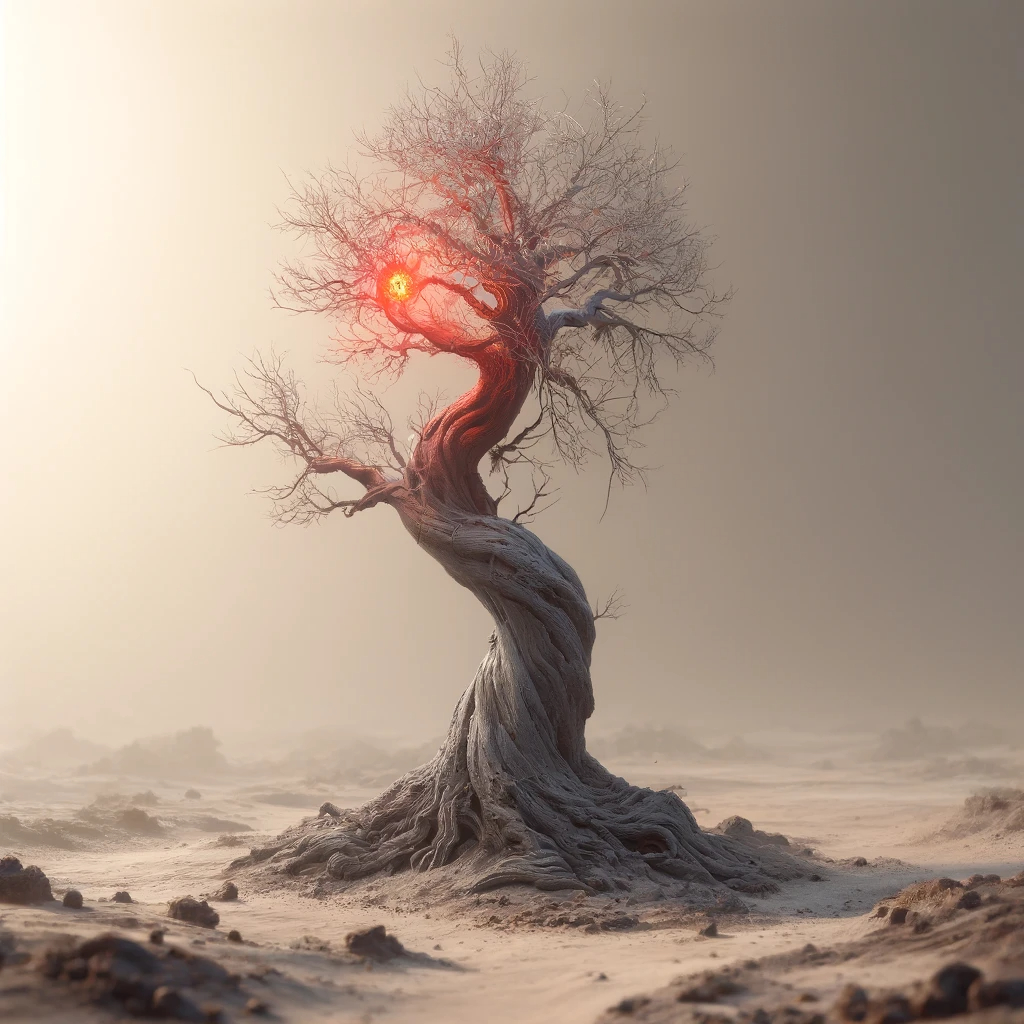
A small grey tree with no leaves and a grey ashy color to its very hard, and twisted trunk. This trees internals is a heat generator which takes in heat from the surrounding area to create a special substance called Fire sap, which is turned into a highly sought after alcohol. The plant releases a feint red glow from the cracks in its bark, durring the hottest point of the day.